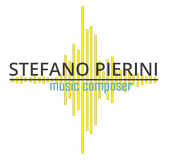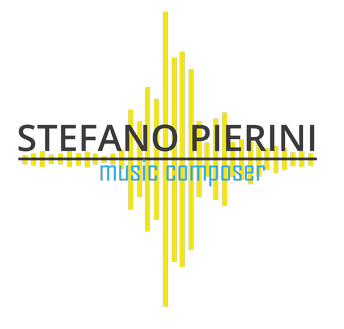
TAKSIMLER for flute and prepared piano
The composition is inspired to the music I had the opportunity to listen to during a sema in Konya in Cappadocia; the sema is a musical sufi ceremony that represents the individual journey towards the Perfection and it is a specific version of the dikhr (the worship meditation prayer similar to the catholic Rosary or the jewish Tefillin) attributed directly to Jalāl ad-Dīn Muhammad Rūmī, the founder of the Order. It is music with a strong spiritual impact, performed during the dances of the whirling dervishes; the musical time is suspended, circular, the percussions pulsation is very slow and support the long and complex melodic line of the ney (the most important type of middle eastern flute), usually in heterophony. The ritual is divided in four sections of which the first has an introductory function and is made up of one or several Taksim (literally ‘improvisation’) that symbolizes the detachment from God. TAKSIMLER is subdivided into two connected movements conceived as a singular symmetrical three-parts form (the formal ratio is roughly 3:2:1). The role of the flute is essentially melodic: a very slow melos is developed, modulating in fifths and containing inside ‘flaking’ elements of the linear contour like grace notes, harmonics and microtonal inflections that give to the line a ‘tridimensional’ shape and expand it along wider coordinates. The formal symmetry is further stressed by the insert of two areas in which the continuum is interrupted after the fifth interval modulation and which contain micro-cadences in whistle tone for the solo flute, as windows on an ‘other’ dimension. The role of the prepared piano is basically of harmonic-rhythmic nature instead: three elements are assigned to it, the first of which is a series of regular percussive impulses organized in patterns placed in the upper high and very low registers; the second is grafted inside: a sequence of loud chords that vibrate and articulate the melodic line while the last element is made of pitches in the middle-low register that counterpoint the harmonic sequence and stud the melodic layer. Another element integrates the constellation: an augmented fourth and, subsequently, a major third fixed in the middle register that add another harmonic layer inside the texture.
- Flute
- Piano



